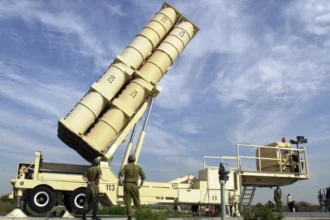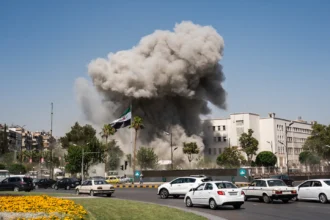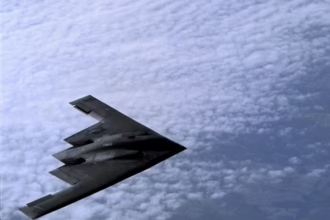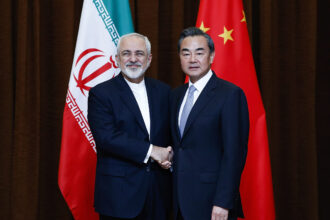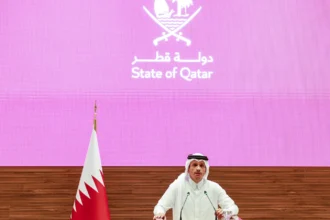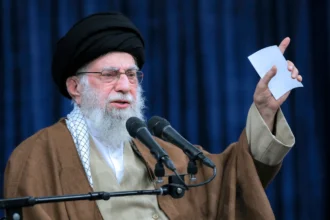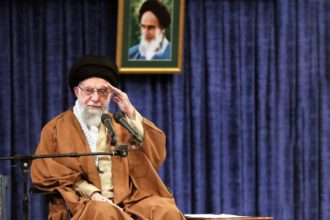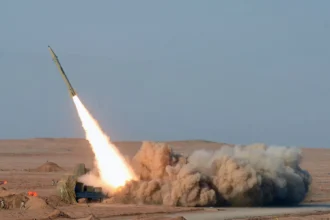As of 2025, Iran possesses one of the largest ballistic missile arsenals in the Middle East, with estimates of over 3,000 missiles. This inventory includes a wide range of missile types, such as:
- Short-Range Ballistic Missiles (SRBMs): These include missiles like Fateh-110, Qiam-1, and Zolfaghar, with ranges typically between 200 and 800 kilometers, designed for rapid deployment in regional conflicts.
- Medium-Range Ballistic Missiles (MRBMs): Examples include Shahab-3, Ghadr-1, Emad, Sejjil, and Khorramshahr, with ranges from about 1,300 to over 2,000 kilometers, allowing Iran to target distant adversaries.
- Land-Attack Cruise Missiles (LACMs): Such as the Ya-Ali and Soumar, with ranges up to 3,000 kilometers, capable of striking strategic targets with precision.
- Artillery Rockets: Battlefield support rockets like the Koksan M1978, with shorter ranges around 40–60 kilometers.
Iran’s missile arsenal serves several strategic purposes: deterrence against adversaries, enhancing regional influence by supplying allied groups and militias, and enabling asymmetric warfare tactics through volume and surprise.
In recent years, Iran has demonstrated the ability to launch hundreds of missiles in coordinated operations, showcasing advanced missile systems including hypersonic technology.
Overall, Iran’s missile stockpile is large, diverse, and continuously developing, making it a key element of the country’s military strategy and regional power projection.




